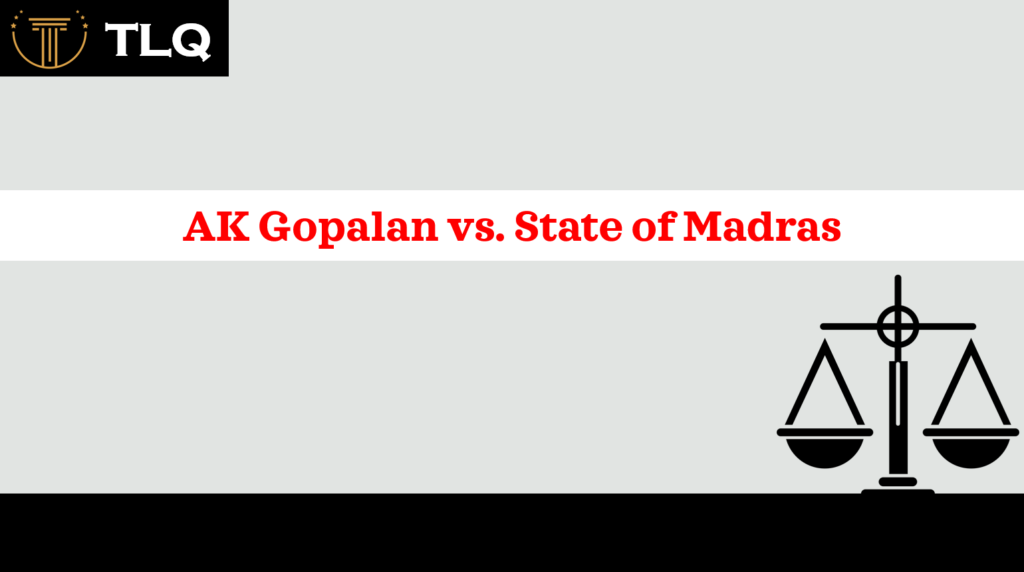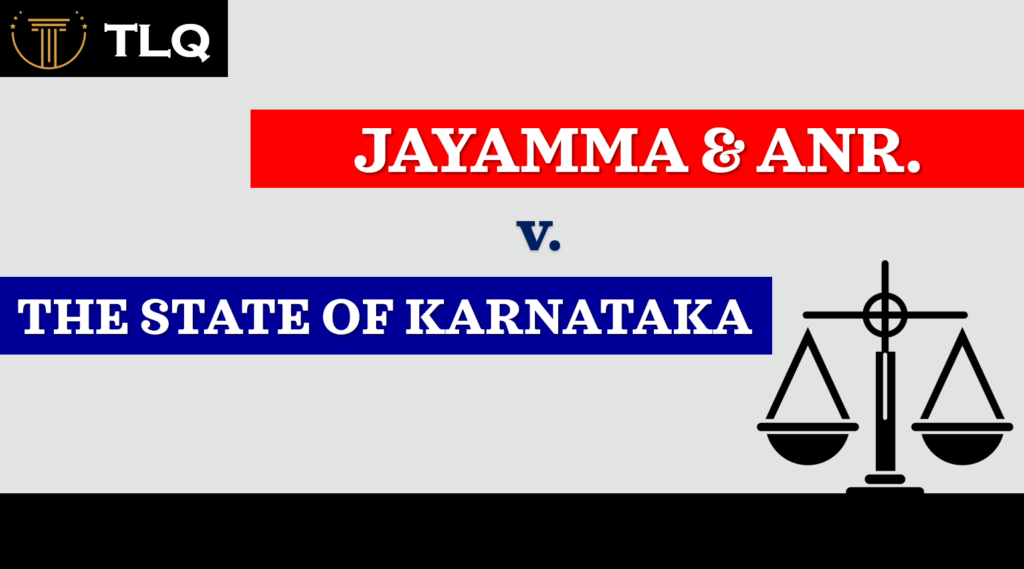Published on: 21st October 2024
Authored by: Parnika Basak
Shyambazar Law College, University of Calcutta
Facts of the Case:
The Ganga River, one of the most sacred rivers in India, has been subjected to severe pollution due to industrial effluents, domestic sewage, and other pollutants. M.C. Mehta, a renowned environmental lawyer, filed a public interest litigation (PIL) under Article 32 of the Indian Constitution, seeking the Supreme Court’s intervention to address the pollution of the Ganga River, particularly focusing on the industrial pollution caused by tanneries and other industries in Kanpur. The incident is summarized below:
- In the year 1985, in the pilgrimage city of Haridwar, along the Ganga; a matchstick tossed by a smoker resulted in the river catching on fire for more than 30 hours, due to the presence of a toxic layer of chemicals produced by a pharmaceutical firm.
- In response to this incident M.C. Mehta, an environmental lawyer and social activist, filed a Public Interest Litigation (PIL) in the Supreme Court of India against about 89 respondents, wherein Respondent 1, Respondent 7, Respondent 8 and Respondent 9 were Union of India in 1985.
- Mehta filed a petition (PIL) charging that, despite the advancement of technologies, government authorities had not taken effective steps to stop environmental pollution of the stream Ganga.
- The whole 2,500-km stretch of the river proved to be intractable. Subsequently, the Court asked Mr. Mehta to limit his focus, for which he chose the city of Kanpur, despite neither being from the city nor living there.
- Exploitation of the judicial remedy of writ, he referred to as upon state agencies to stop leather tanneries and also curbing the municipal corporation of Kanpur from taking out industrial and domestic effluent within the stream.
- In some law reports, this can be referred to as the “Ganga Pollution Case”. In this petition the petitioner requested the Supreme Court to restrain the respondents from cathartic effluents into the Ganga stream until they implements treatment plants for treatment of cyanogenic effluents to prevent pollution.[1]
- Mehta requested the court to order the animal skin (leather) tanneries of the district of Kanpur to prevent discharging their untreated effluent into the stream. He additionally claimed that the Municipal Corporation of Kanpur lacked the treatment of domestic biodegradable pollution.
Key Issues:
- Environmental Degradation: The primary issue was the alarming level of pollution in the Ganga River, which posed a significant threat to the environment and public health. The pollution was primarily due to the discharge of untreated industrial effluents and domestic sewage into the river.
- Legal Responsibility: Determining the responsibility of municipal bodies and industries in preventing and controlling pollution was crucial. The case also examined the enforcement of existing environmental laws and regulations.
- Public Health: The pollution of the Ganga River had severe implications for public health, affecting millions of people who relied on the river for drinking water, bathing, and other day-to-day activities.
Arguments by the Petitioner (M.C. Mehta):
- Right to a Clean Environment: The petitioner argued that the right to life under Article 21 of the Indian Constitution includes the right to a clean and healthy environment. This right was being violated due to the severe pollution of the Ganga River.
- Public Health and Safety: M.C. Mehta emphasized the adverse effects of pollution on public health and safety, highlighting the need for immediate and stringent measures to control industrial discharge into the river.
- Strict Liability: The petitioner contended that industries causing pollution should be held strictly liable for the environmental damage and should bear the cost of cleaning up the pollution. [2]
Arguments by the Respondent (Union of India and Industries):
- Economic and Practical Constraints: The respondents, including industry representatives and the government, acknowledged the pollution but argued against the feasibility of establishing secondary treatment plants. They cited financial constraints and the potential impact on smaller industries as significant challenges.
- Existing Measures: The respondents claimed that measures were already being taken to control pollution and that further stringent regulations could hamper industrial growth and economic development.
- Responsibility of Local Authorities: The government argued that the local municipal authorities were responsible for managing wastes and ensuring that the untreated sewage did not enter the river stream.
Judgment:
The Supreme Court delivered a landmark judgment in this case, issuing several directives to address the pollution of the Ganga River:
- Installation of Treatment Plants: The Court directed all industries located on the banks of the Ganga River to install primary treatment plants to treat their effluents before discharging them into the river. This was a crucial step in reducing the pollution load on the river.
- Municipal Responsibility: The Kanpur Nagar Mahapalika (Municipal Corporation) was held responsible for ensuring that no untreated sewage or industrial waste was discharged into the river. The Court directed the municipal authorities to set up sewage treatment plants and take necessary measures to prevent pollution.
- Closure of Non-Compliant Industries: The Court ordered the closure of industries that failed to comply with the pollution control measures. This directive was aimed at ensuring strict enforcement of environmental regulations and holding industries accountable for their actions.[3]
- Monitoring and Enforcement: The Court emphasized the need for regular monitoring and enforcement of pollution control measures. It directed the Central Pollution Control Board (CPCB) and the Uttar Pradesh Pollution Control Board (UPPCB) to conduct regular inspections and ensure compliance with the Court’s directives.[4]
Court’s Observations and Reasoning:
The Supreme Court made several critical observations during the proceedings:
- Constitutional Mandate: The Court emphasized the importance of Articles 48-A and 51-A(g) of the Indian Constitution. Article 48-A directs the State to protect and improve the environment, while Article 51-A(g) imposes a duty on every citizen to protect and improve the natural environment.
- Legislative Framework: The Court highlighted the provisions of the Water (Prevention and Control of Pollution) Act, 1974, and the Environment (Protection) Act, 1986. These laws provide a comprehensive framework for pollution control and environmental protection.
- Industrial Responsibility: The Court noted that industries, particularly tanneries, were major contributors to the pollution of the Ganga River. It stressed the need for industries to adopt pollution control measures and ensure that their effluents were treated before being discharged into the river.
- Polluter Pays Principle: The court emphasized that the industries responsible for pollution must bear the cost of preventing and controlling the pollution they cause. This includes the expenses for setting up and maintaining effluent treatment plants and other necessary measures to ensure that no untreated waste is discharged into the Ganga River. The exact amount of compensation or costs would vary depending on the specific circumstances of each industry, such as the extent of pollution caused and the measures required to mitigate it.
Significance of the case:
The M.C. Mehta v. Union of India (1986) case is a landmark in Indian environmental jurisprudence for several reasons:
- Principle of Absolute Liability: The case established the principle of “absolute liability” for harm caused by hazardous industries. This means that industries engaged in hazardous activities are absolutely liable for any damage caused by their operations, regardless of any negligence on their part.
- Judicial Activism: The case is a prime example of judicial activism in India, where the judiciary took an active role in enforcing environmental laws and protecting public health and the environment. The Supreme Court’s intervention in this case set a precedent for future environmental litigation.
- Public Interest Litigation: The case highlighted the importance of public interest litigation (PIL) as a tool for addressing environmental issues. It demonstrated how individuals and organizations could use PIL to seek judicial intervention in matters of public interest.
- Environmental Awareness: The case played a significant role in raising awareness about environmental issues in India. It brought the issue of river pollution to the forefront and highlighted the need for stringent enforcement of environmental regulations.
- Policy Impact: The case had a lasting impact on environmental policy and regulation in India. It led to the formulation of stricter pollution control norms and the establishment of mechanisms for monitoring and enforcing environmental laws.[5]
Role of the Judiciary:
The judiciary, particularly the Supreme Court, has played a crucial role in the development of environmental jurisprudence in India. In the M.C. Mehta v. Union of India case, the Supreme Court’s proactive approach was instrumental in addressing the issue of river pollution.
- Judicial Activism: The Court’s intervention in this case is an example of judicial activism, where the judiciary took an active role in enforcing environmental laws and protecting public health. The Court’s directives were aimed at ensuring strict compliance with pollution control measures.
- Public Interest Litigation: The case was filed as a public interest litigation (PIL), which allowed the Court to address the issue of river pollution in a comprehensive manner. PIL has been a powerful tool for addressing environmental issues in India, enabling individuals and organizations to seek judicial intervention in matters of public interest.
Implementation and Challenges:
While the Supreme Court’s judgment in the M.C. Mehta case was a significant step towards addressing river pollution, its implementation faced several challenges:
- Compliance by Industries: Ensuring compliance by industries was a major challenge. Many industries were reluctant to invest in pollution control measures due to the associated costs. The closure of non-compliant industries was a necessary step to enforce compliance.
- Municipal Infrastructure: The lack of adequate municipal infrastructure for sewage treatment was another challenge. Municipal bodies often lacked the resources and technical expertise to set up and maintain sewage treatment plants.
- Monitoring and Enforcement: Regular monitoring and enforcement of pollution control measures were essential to ensure compliance. The Central and State Pollution Control Boards played a crucial role in this regard, but their efforts were often hampered by resource constraints and administrative challenges.[6]
Long-Term Impact:
The M.C. Mehta v. Union of India case had an ever-lasting impact on environmental policy and regulation in India:
- Strengthening of Environmental Laws: The case led to the formulation of stricter pollution control norms and the establishment of mechanisms for monitoring and enforcing environmental laws. It also highlighted the need for a comprehensive approach to environmental protection.
- Increased Environmental Awareness: The case played a significant role in raising awareness about environmental issues in India. It brought the issue of river pollution to the forefront and highlighted the need for collective action to protect the environment.
- Judicial Precedents: The case set important judicial precedents for future environmental litigation. It established the principle of absolute liability for hazardous industries and reinforced the role of the judiciary in enforcing environmental laws.
Conclusion:
The M.C. Mehta v. Union of India (1986) case is a landmark in Indian environmental jurisprudence. It addressed the critical issue of river pollution and established important legal principles for environmental protection. The case highlighted the role of the judiciary in enforcing environmental laws and protecting public health and the environment. It also demonstrated the importance of public interest litigation (PIL) as a tool for addressing environmental issues. The case’s long-term impact on environmental policy and regulation in India underscores it’s significance in the country’s environmental history.
References:
[1] Dhruval. (2018) M.C. Mehta v. Union of India- Ganga Pollution Case, Law Times Journal. Available at: <https://lawtimesjournal.in/m-c-mehta-v-union-of-india-ganga-pollution-case/> (Accessed: 17 September 2024).
[2] Dhruval. (2018) M.C. Mehta v. Union of India- Ganga Pollution Case, Law Times Journal. Available at: <https://lawtimesjournal.in/m-c-mehta-v-union-of-india-ganga-pollution-case/> (Accessed: 17 September 2024).
[3] Patel S. (2021) M.C MEHTA v. UNION OF INDIA: GANGA POLLUTION CASE, Law Foyer. Available at: <https://lawfoyer.in/mc-mehta-vs-union-of-india-ganga/> (Accessed 17 September, 2024)
[4] Patel S. (2021) M.C MEHTA v. UNION OF INDIA: GANGA POLLUTION CASE, Law Foyer. Available at: <https://lawfoyer.in/mc-mehta-vs-union-of-india-ganga/> (Accessed 17 September, 2024)
[5] Patel S. (2021) M.C MEHTA v. UNION OF INDIA: GANGA POLLUTION CASE, Law Foyer. Available at: <https://lawfoyer.in/mc-mehta-vs-union-of-india-ganga/> (Accessed 17 September, 2024)
[6] Dhruval. (2018) M.C. Mehta v. Union of India- Ganga Pollution Case, Law Times Journal. Available at: <https://lawtimesjournal.in/m-c-mehta-v-union-of-india-ganga-pollution-case/> (Accessed: 17 September 2024).




